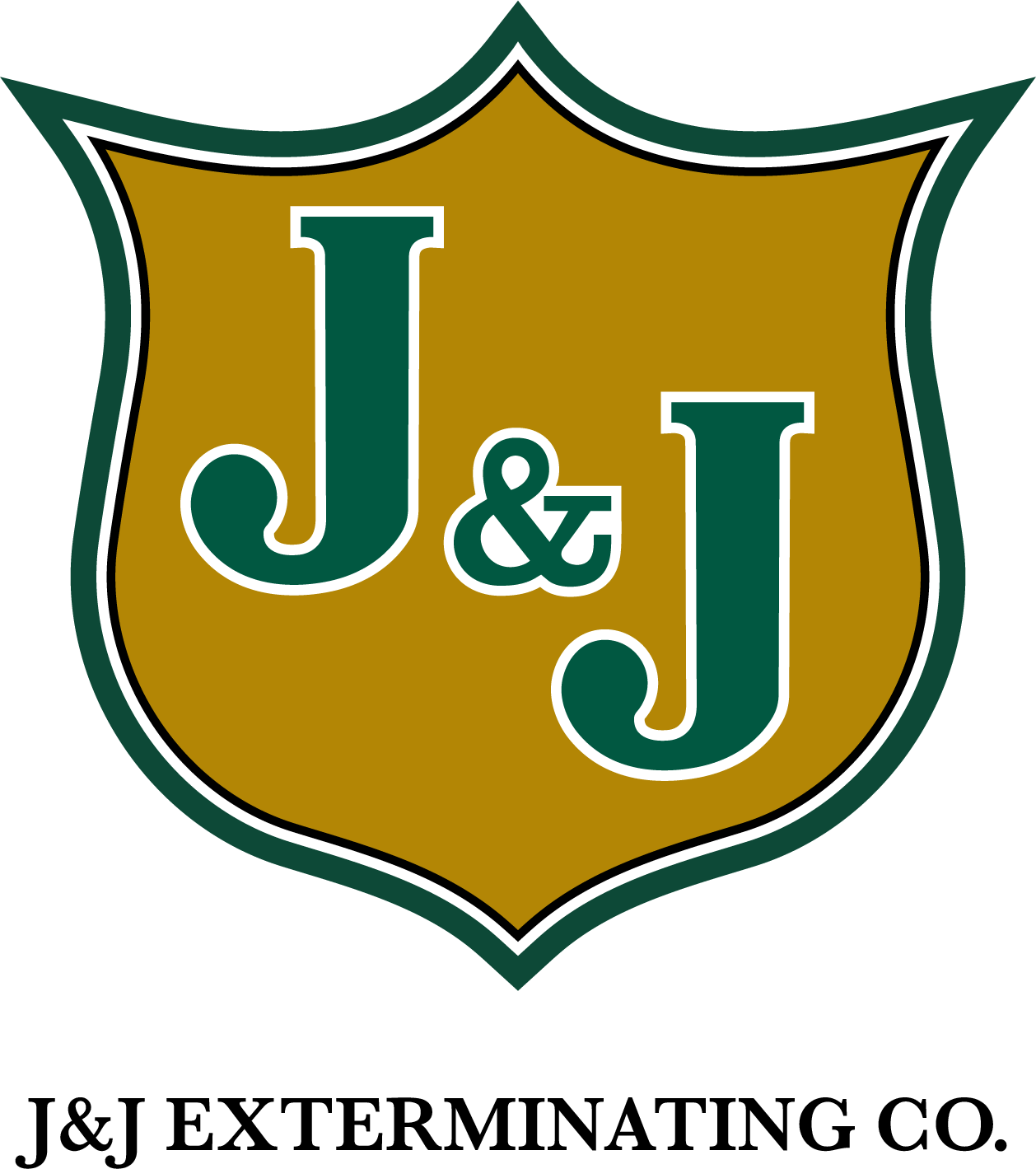The abundance and diversity of termite pest species is particularly high in Louisiana, and the state sees a greater number of annual termite infestations than virtually all other states, with the possible exception of Florida and Hawaii. Eastern subterranean termites and Formosan subterranean termites are the two most common termite species found infesting houses and buildings in Louisiana, and these two species are distributed throughout the entire state. Unlike most states, Louisiana sees a significant amount of property damage inflicted by drywood termite species. The most significant drywood termite pest species in Louisiana include the southeastern drywood termite and the western drywood termite, the former of which is distributed statewide, while the latter’s habitat is largely limited to New Orleans.
Considering the economic threat posed by termites in Louisiana, most homeowners in the state are likely aware that drywood termite infestations are generally more difficult to detect during inspections than subterranean termite infestations. Subterranean termites normally infest structural wood sources around the foundation of homes due to their need to make frequent trips to the ground soil in order to hydrate. During inspections, pest control professionals enter crawl spaces in order to examine expansion joints, subfloors and structural lumber within wall voids, as these areas are usually the first to be attacked by subterranean termites. Unless drywood termite colonies are brought into a home via infested furniture or other wood items, drywood termite infestations are always initiated by a pair of swarming reproductive termites (alates). This means that drywood termite infestations can be initiated in just about any area of a home, which makes pinpointing infestations difficult, especially when inspectors are unable to gain access to structural wood sources that are contained in walls and other hard-to-reach indoor areas.
When inspectors find areas of a home that cannot be accessed, and therefore, cannot be inspected, pest control professionals make note of this in the wood inspection report. Since most homeowners prefer localized spot treatments as opposed to whole-structure fumigation to eradicate termite colonies in structural wood, accurately pinpointing the exact location of an indoor colony becomes all the more important. Modern pest control professionals have a variety of high-tech tools that allow them to literally see through walls. These tools include optical borescopes, electronic odor detectors, acoustic emission devices, microwaves, infrared, and Xray. It is also becoming more common for pest control firms to make use of termite-sniffing dogs to locate indoor drywood termite infestations. All of these methods claim to be effective, but some are in need of greater scientific scrutiny.
Have you ever seen a pest control professional use high-tech equipment in order to detect insect pests hiding out behind walls?
Tags: Termite Control, Termite Inspection



